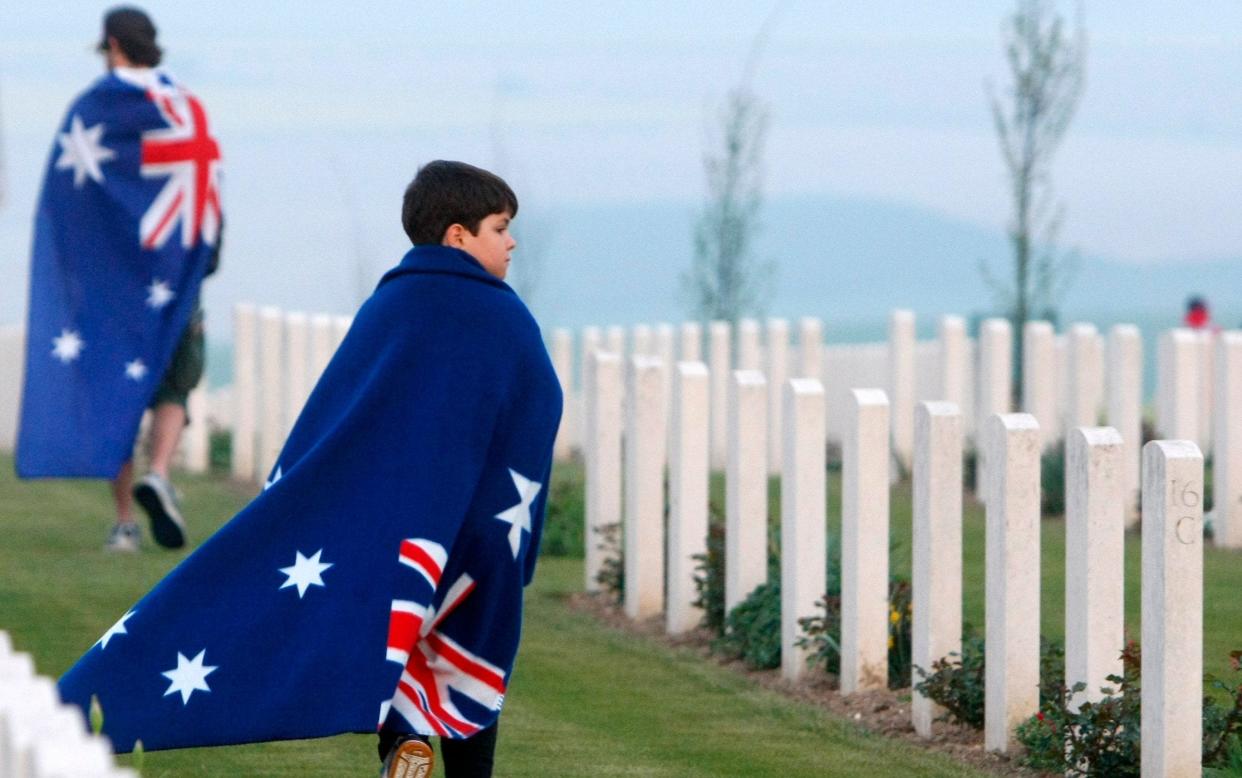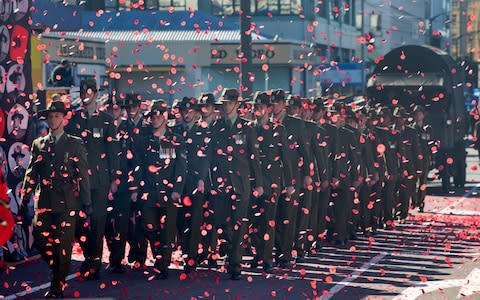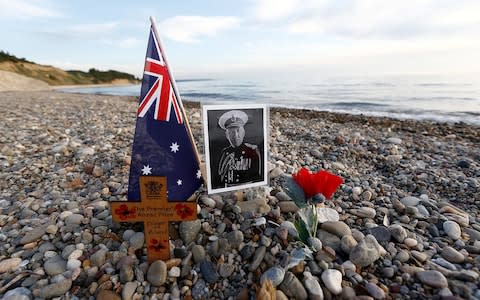Anzac Day 2018: How the ill-fated Gallipoli campaign helped forge Australia's national identity

Anzac Day falls on April 25 each year and marks the anniversary of the landing by Australian and New Zealand troops at Gallipoli – in Turkey – in 1915.
This was the first significant military action fought by Australian and New Zealand forces during the First World War.
The Anzacs were the Australian and New Zealand Army Corps. They were formed in Egypt and fought under overall British command. Unlike most European armies at the time, the force was made up of volunteers.
The day now serves as a remembrance in Australia for troops that served in all wars; it is also observed in New Zealand, the Cook Islands, Niue, Tonga and Pitcairn Islands, and was once a national holiday in Papua New Guinea and Samoa.

Why is Anzac Day significant?
For Australia, the landing at Gallipoli and subsequent battle were both a tragedy and a source of great national pride.
The attempt to capture the Gallipoli peninsula and quickly defeat the Turks ultimately failed. Australia lost 8,141 soldiers during a bloody and eventually hopeless campaign that lasted eight months before ending in a stalemate.
But the Anzac forces won great admiration for their bravery; at the time, Australia had been a nation for just fourteen years. The campaign subsequently became recognised as a turning point in Australian identity.
In 1916 the anniversary was celebrated unofficially, with the day being recognised as a public holiday in Australia from 1923. In subsequent decades, the fighting at Gallipoli increasingly took on a symbolic status.
This was aided by depictions such as the 1981 movie Gallipoli, starring Mel Gibson and directed by Peter Weir, which presented the troops as brave and selfless forces who died, somewhat pointlessly, under the command of aloof and heartless British generals.

Though the historic significance of the battle continues to be debated, its symbolic stature has only strengthened in recent years.
The Federal Government’s website says: "The spirit of Anzac recognises the qualities of courage, mateship and sacrifice which were demonstrated at the Gallipoli landing."
What happened during the Gallipoli campaign?

How is the day commemorated?
Commemorative services are held at dawn on 25 April to mark the time of the original Gallipoli landing.
Services are held at war memorials across the nation, usually including two minutes of silence, broken by the Last Post bugle call, followed by marches of veterans and their families.
It has been a public holiday in Australia since 1927 and, in recent years, growing numbers of Australians have travelled to Gallipoli to mark the service at the site of the landing.

What is two-up?
Anzac Day is the only day of the year when it is legal in all states to play two-up, a gambling game that was popular among the Australian troops in First World War. The game allows people to gamble on coin tosses involving two coins.
Traditionally played with old pennies, the coins must fly ten feet high and fall within a marked ring.
Though the rules can vary, players typically gamble on whether the coins land with two heads up or two tails up, and the spinner, or coin tosser, spins again if there is a head and a tail (known as an "odds").

